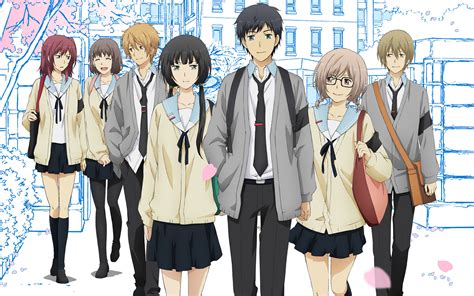relife fate/grand order anime

Do it not only for the benefit of assisting the Overlord Wiki, but also for the sake of the Overlord Fandom Community
overall as well. Either the admins or your fellow editors will be on the lookout, ready to monitor all of your editorial contributions cooperatively so that they can help proofread and grammatically correct the minor mistakes you made along the way. The wikia itself has always remain as a constant work in progress that requires an update by and for any wiki contributors daily, never falling short of being behind the times at all. Characters Nazarick Characters Major Characters Player Characters Ainz Albedo Shalltear Demiurge Cocytus Aura Mare Victim Gargantua Sebas Pandora Narberal Yuri Lupusregina CZ2128 Solution Entoma Aureole Gazef Brain Climb Renner Enri Nfirea Jircniv Fluder Neia Caspond Remedios Zesshi Gondo Jaldabaoth Evileye Lakyus Azuth PDL Momonga Touch Me Nishikienrai Takemikazuchi Amanomahitotsu Bukubukuchagama Herohero Ulbert Bellriver Yamaiko Punitto Moe Peroroncino Tabula Luci★Fer Riku Synopsis ABOUT OVERLORD In the year 2138, where the era of virtual reality gaming is thriving with different DMMO-RPGs, gamers used what was called the Neural Nano-Interface which enabled them to get the experience in playing it. At the center of its popularity and heydays, was YGGDRASIL which garnered the most attention publicly. Within the game exists a guild organization known as, Ainz Ooal Gown, originally consisting of 41 members and credited as one of the top strongest guilds. Now with only 4 of the members left remaining in the guild, the other 37 were said to have given up on the game and quit it in the end. Before a majority of his companions gone offline forever since, they gave away all of their precious equipment and items respectively to none other than their guild leader Momonga himself. Momonga, was considered to be the one and only guild member around who continues to actively play YGGDRASIL, dedicating his heart and soul to what he loved most. For starters, he spent most of his hours and money maintaining their headquarters, which is the Great Tomb of Nazarick they worked so hard together to design in the past. After an intense 12-year run, YGGDRASIL, the
online game lost the vibrancy it once have and eventually, it was scheduled to be shut down in due time.
[22] When asked if scenes in 20th Century Boys reflect his own childhood experiences, Urasawa said about 1/10 did. He also explained that the spoon bending seen in the series was based on Uri Geller. [24] A few weeks before the September 11 attacks, Urasawa turned in a manuscript for 20th Century Boys where two giant robots fight and destroy buildings in Shinjuku. But after the attacks, the artist could not bring himself to illustrate that scene and created a chapter almost entirely devoted to Kenji singing a song, in order to express how he felt. [22][25] When Urasawa began 20th Century Boys in 1999, he was already writing Monster semimonthly and continued to serialize both at the same time. Although he was briefly hospitalized for exhaustion at this point, Monster ended in 2001 and Urasawa began writing another series simultaneous to 20th Century Boys in 2003 with Pluto. [26] While working on 20th Century Boys, Urasawa injured his shoulder to the point he could not draw, and even considered retiring as a result. [27] Media[edit] Manga[edit] Main article: List of 20th Century Boys chapters Written and illustrated by Naoki Urasawa, 20th Century Boys was originally serialized in Shogakukan's seinen manga magazine Big Comic Spirits from October 4, 1999,[a] to April 24, 2006. [b] The 249 individual chapters were published into 22 tankōbon volumes by Shogakukan from January 29, 2000, to November 30, 2006. [32][33] Takashi Nagasaki is credited as "co-producer" of the manga's story. [34] A sequel, titled 21st Century Boys, was serialized in the same magazine from December 25, 2006,[c] to July 14, 2007;[37] the 16 chapters were released into two volumes on May 30 and September 28, 2007.
[SMALL-TEXT]]
